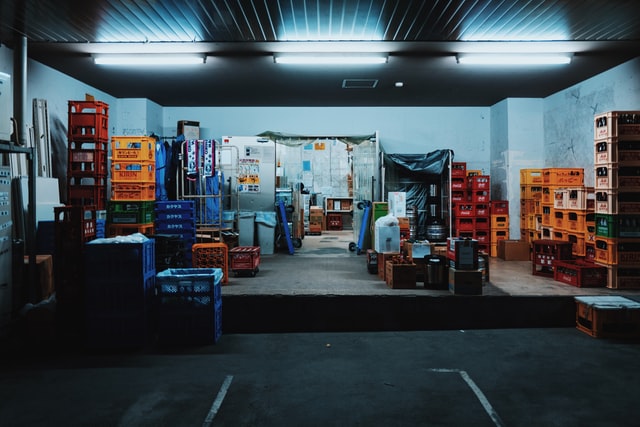Renewable energy continues to play a growing role in the energy sector as technology becomes more efficient and cost-effective in order to meet government mandates. According to Ren21, renewable energy accounted for 19.3% of global energy consumption in 2015, and an International Energy Agency (IEA) report states that renewable energy sources accounted for almost two-thirds of net new power capacity around the world in 2016.
Despite this growth, however, maintaining the balance between supply and demand is a constant challenge for renewable energy providers, making the variable nature of renewable energy a stumbling block when it comes to grid integration. For example, significant weather changes, such as large storms or heat waves, can create a greater demand for energy that requires utilities to make large emergency purchases in order to prevent disruptions in service. These emergency purchases drive up costs for both the utilities and consumers. Renewable energy sources hinder power grid stability due to their intermittent periods of power generation, making it difficult for them to compete with fossil fuels for energy reliability.

Smart Energy Storage: The IoT Solution to Renewable Power Generation
To increase renewable energy stability, energy providers are turning to IoT-enabled energy storage systems. Excess energy generated from renewable sources, such as solar energy on a clear day, is stored for later use when demand is higher or during frequency variation. According to Research and Markets, the global energy storage market for renewable energy grid integration is expected to grow 33% annually from 2017 to 2021. These storage systems are key to facilitating the flexibility of renewables, which will allow them to be integrated with a main power grid without creating imbalances.
Forecasting Demand with IoT Energy Monitoring
One of the biggest benefits of IoT technology is its capacity for energy forecasting. Using a cloud-based monitoring platform, energy providers can evaluate and compare power consumption with weather conditions, time of day, and other data to establish usage patterns across an area. When referenced against predictive weather data, companies can paint a detailed picture of energy demand and take steps to meet the demand before it becomes costly. For renewable energy providers, IoT data can help set goals for their renewable storage systems, leading to more effective usage of renewable energy sources that compensate for the intermittency of renewable power generation.
How Artificial Intelligence and Smart Grids Promote Energy Demand Flexibility
Current infrastructure initiatives are in place worldwide to upgrade electric grids with smart grid capabilities, which use two-way digital communication to detect and react to local changes in usage. Smart grids utilize a myriad of devices to assess grid stability, automatically report outages, sense and recover from substation faults, reroute power around problems, and other dynamic functionalities that improve efficiency and decrease energy consumption and costs.
As Artificial Intelligence (AI) continues to grow in capability, it has become an obvious partner for energy IoT and smart grids in achieving energy efficiency. Using granular energy consumption data provided by IoT infrastructures and smart grids, AI systems can implement predictive algorithms to balance grids and assess the reliability of production and consumption figures.

All of this data gives consumers a more accurate representation of their energy usage and allows energy providers to offer incentives that bolster demand-side flexibility. By managing peak demand through incentive programs, providers can reduce the need for emergency power purchasing or investments in peaker plants, as well as aid grid operators in balancing intermittent generation from renewable energy.
Innovating with Aeris
IoT infrastructure is transforming the energy landscape, enabling sustainable development and deployment of renewable energy systems through connected solutions. With Aeris IoT Services, energy companies have a simple, flexible energy management platform that can diagnose problems, monitor usage, and provide actionable data to reduce energy consumption and cost. As renewable energy sources become more prevalent, Aeris IoT solutions will be there to facilitate grid stability through data-driven energy innovation.
To learn how IoT connectivity can bring your company to the forefront of the Energy of Things, contact Aeris today.










